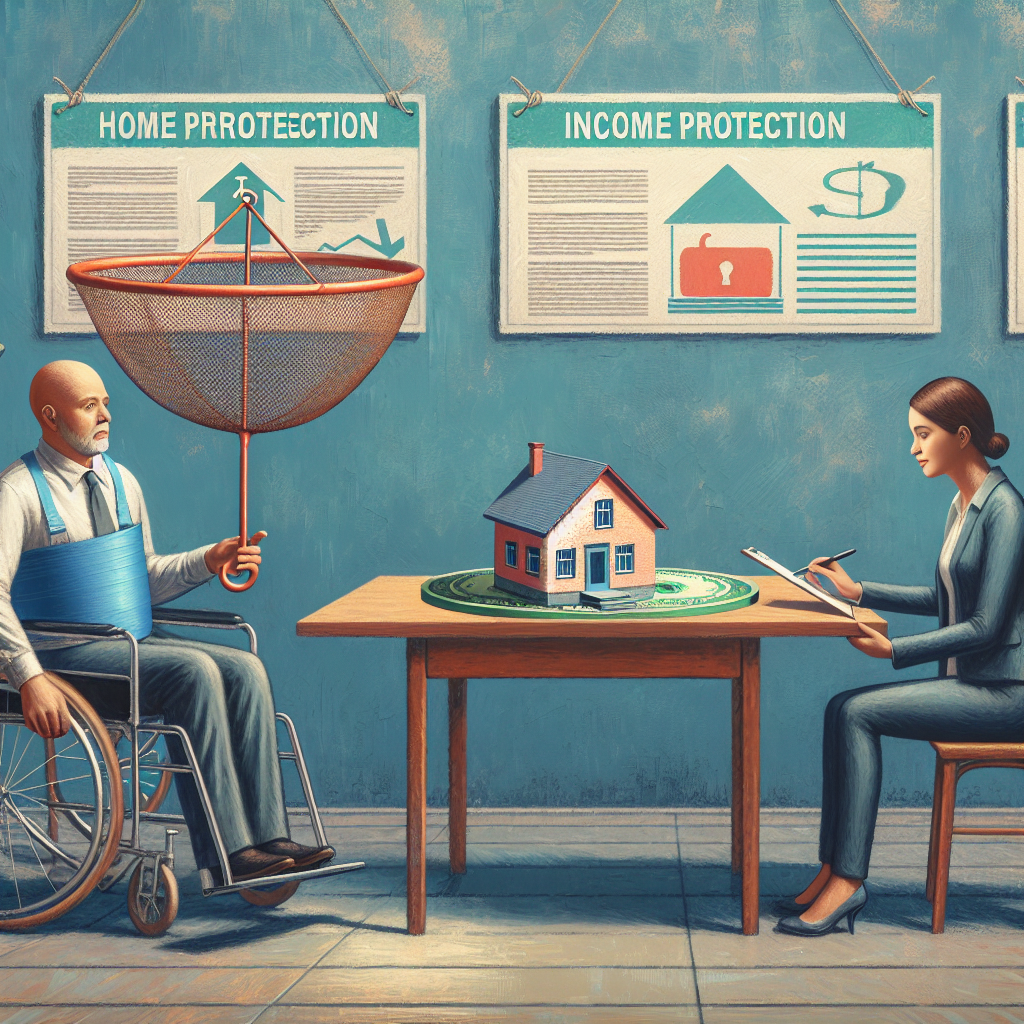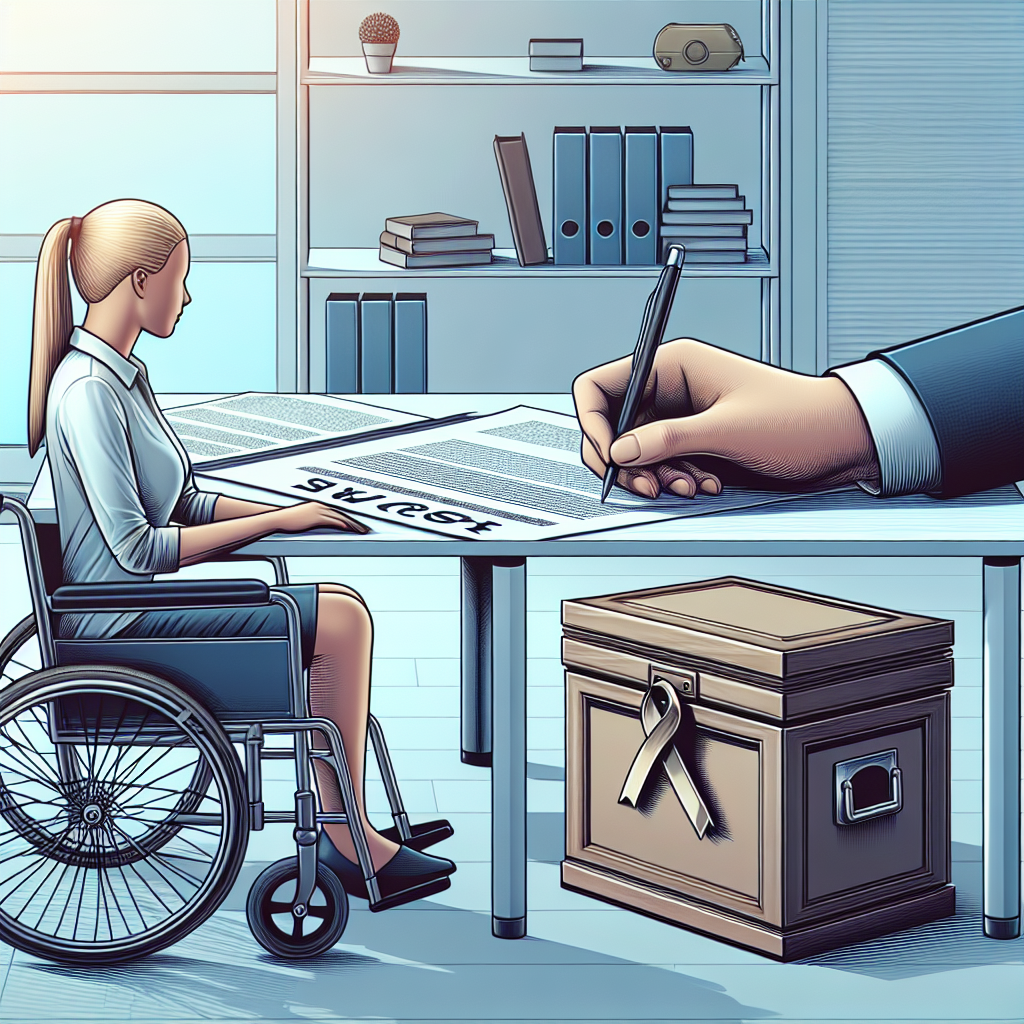Filed under Home Insurance on
Understanding Other Structures Coverage in Home Insurance

When it comes to home insurance, many homeowners focus primarily on safeguarding their main dwelling. However, there is another critical component to consider: other structures coverage. This aspect of home insurance ensures that structures not attached to your main house, such as detached garages, fences, sheds, and gazebos, are also protected. Understanding other structures coverage is vital for comprehensive risk management and can save you from unexpected financial burdens.
What is Other Structures Coverage?
Other structures coverage, sometimes referred to as Coverage B, is an integral part of a standard homeowners insurance policy. It provides financial protection for structures on your property that are separate from your main residence. This coverage is designed to cover repair or replacement costs for damages caused by events like fire, hail, windstorms, or vandalism.
Why is Other Structures Coverage Important?
Many homeowners underestimate the replacement cost of structures that are not attached to their dwelling. Failing to have sufficient coverage could lead to substantial out-of-pocket expenses if these structures suffer damage. With other structures coverage, you can have peace of mind knowing that even these separate entities are safeguarded, ensuring holistic property protection.
Examples of Structures Covered
- Detached garages: Used often for storage or parking, these are vital yet often overlooked structures.
- Fences: Commonly targeted by storms or vandalism, robust protection for fences is crucial.
- Sheds: Often housing tools and valuable equipment, their repair or replacement can be costly.
- Gazebos: Serving as relaxing outdoor retreats, their loss can affect the aesthetics and utility of your yard.
How Much Coverage Do You Need?
The coverage limit for other structures on your property typically defaults to a percentage of your dwelling coverage, commonly around 10% of your primary residence's coverage amount. For instance, if your home is insured for $300,000, then you might have $30,000 dedicated to other structures coverage. However, assessing whether this automatic provision is sufficient is crucial. Analyze the total replacement value of all detached structures to ensure adequate insurance.
Evaluating Your Coverage Needs
- Inventory your structures: List all detached structures and obtain estimates on their repair or replacement costs.
- Assess risk exposure: Consider the susceptibility of these structures to different risks based on location and usage.
- Consult with an insurance agent: Professionals can provide insights based on industry trends and region-specific hazards.
Adjusting Your Other Structures Coverage
If you find that the standard percentage does not reflect the true value of your detached structures, you may have the option to increase this limit. Contact your insurance provider to discuss enhancing your other structures coverage to better align with your needs.
Riders and Endorsements
For those with unique structures or high-value installations, purchasing additional coverage through riders or endorsements can provide extra protection. These additions ensure that specialized structures, like custom-built workshops or expansive greenhouses, are fully covered.
Common Exclusions and Limitations
While other structures coverage is comprehensive, it's not all-encompassing. Knowing what is not covered can help you prepare better.
- Business use: Structures used for commercial purposes might require separate business insurance policies.
- Neglect or wear and tear: Damages from lack of maintenance or natural aging aren't usually covered.
- Certain weather events: Some insurers might exclude coverage for specific perils like floods or earthquakes unless additional coverage is added.
Ensuring Proper Maintenance
Many exclusions result from neglect. Regular upkeep of these structures can aid in preventing damage and might impact how claims are assessed by your insurer. Maintaining the structural integrity and appearance of these structures not only helps in avoiding claim rejections but also prolongs their lifespan.
Claiming Other Structures Coverage
In the unfortunate event that a detached structure is damaged, the claim process generally mirrors that of your primary dwelling:
- Assess the damage: Begin by inspecting the affected structure to determine the extent of the damage.
- Document evidence: Take photographs and make notes of damages to support your claim.
- Contact your insurer: Inform your insurance provider about the incident and provide necessary documentation.
- Seek professional assessment: Insurance adjusters or independent appraisers might evaluate the damage.
- Proceed with repairs: Depending on your insurer's policies, you might receive funds prior to or after completing repairs.
A Smooth Claim Process
Understanding your policy's terms and promptly communicating with your insurer can facilitate a smoother claim process. Familiarize yourself with claim deadlines and necessary documentation to ensure timely and successful claim settlements.
Industry Trends in Other Structures Coverage
The insurance industry is evolving, with many insurers offering flexible policies that can be tailored to individual homeowner needs. As climate change increases the frequency of severe weather events, other structures coverage is gaining attention. Insurers are exploring innovative solutions like parametric insurance, where claims are paid out based on predefined events rather than damage assessments.
Innovations in Home Insurance
Furthermore, the integration of technology, such as IoT devices and smart home solutions, helps in monitoring and reducing risk to these structures. Embracing such technologies might not only safeguard your property but could potentially offer premium discounts.
Conclusion
In conclusion, other structures coverage is an essential but sometimes overlooked aspect of home insurance. Ensuring you have adequate coverage for these structures can save significant time, stress, and money in the long run. Evaluate your current policy, consider your unique needs, and consult with professionals to maximize your home insurance benefits. By understanding other structures coverage and keeping abreast of industry trends, you can make informed decisions that protect your property holistically.





